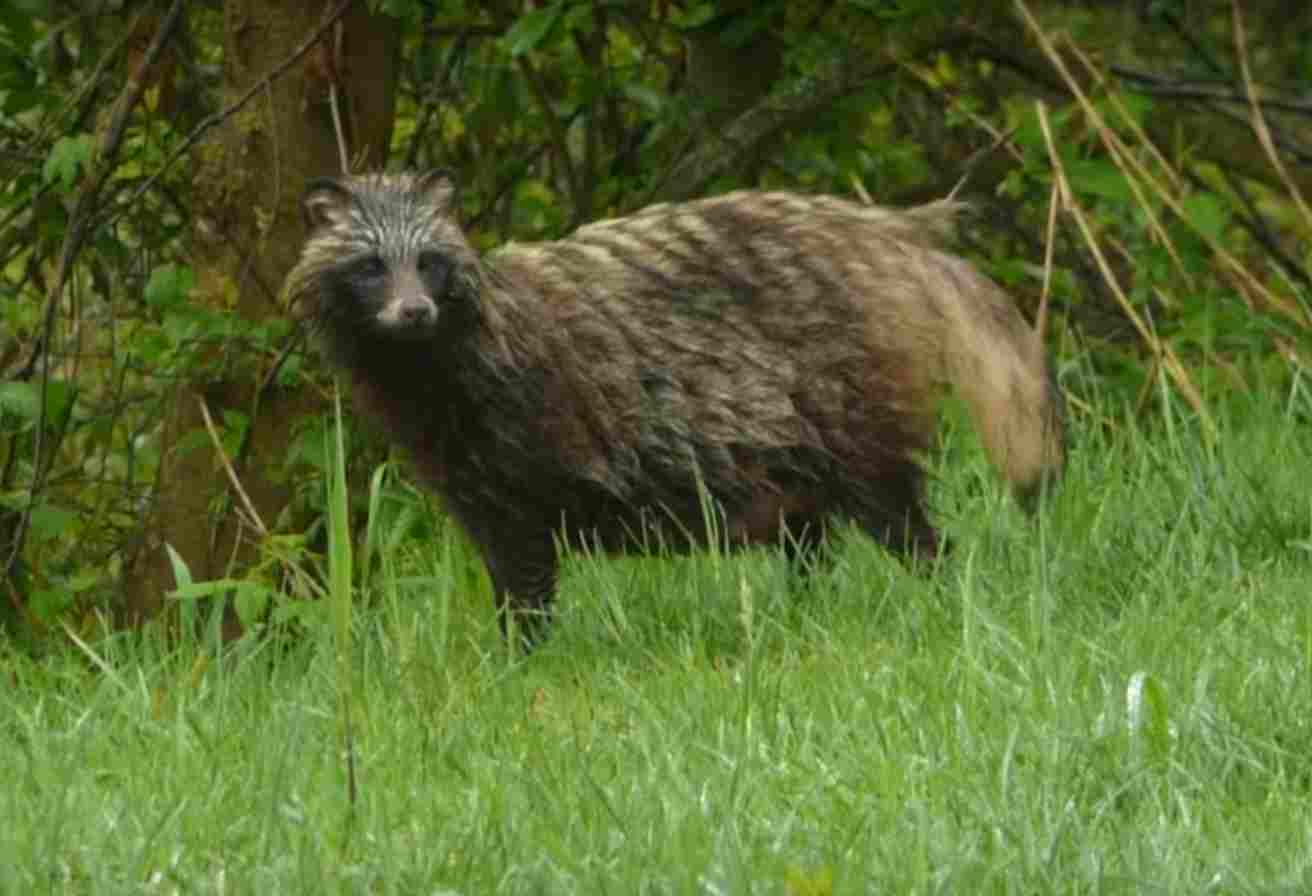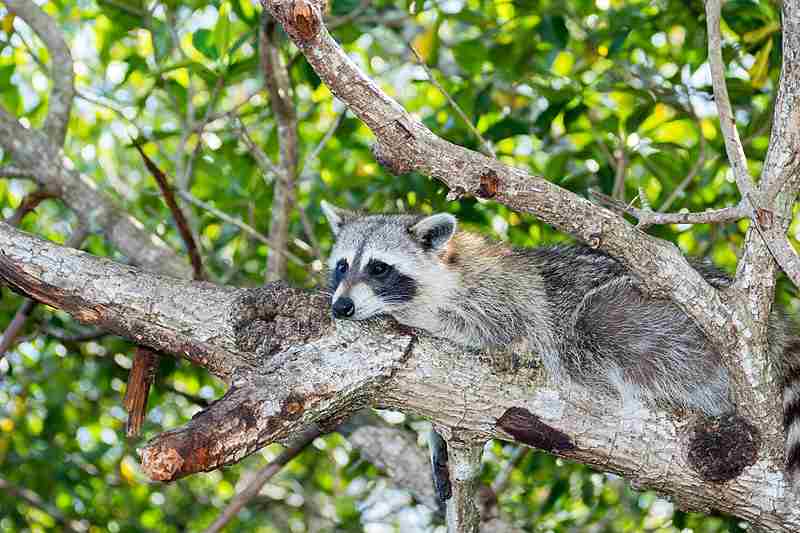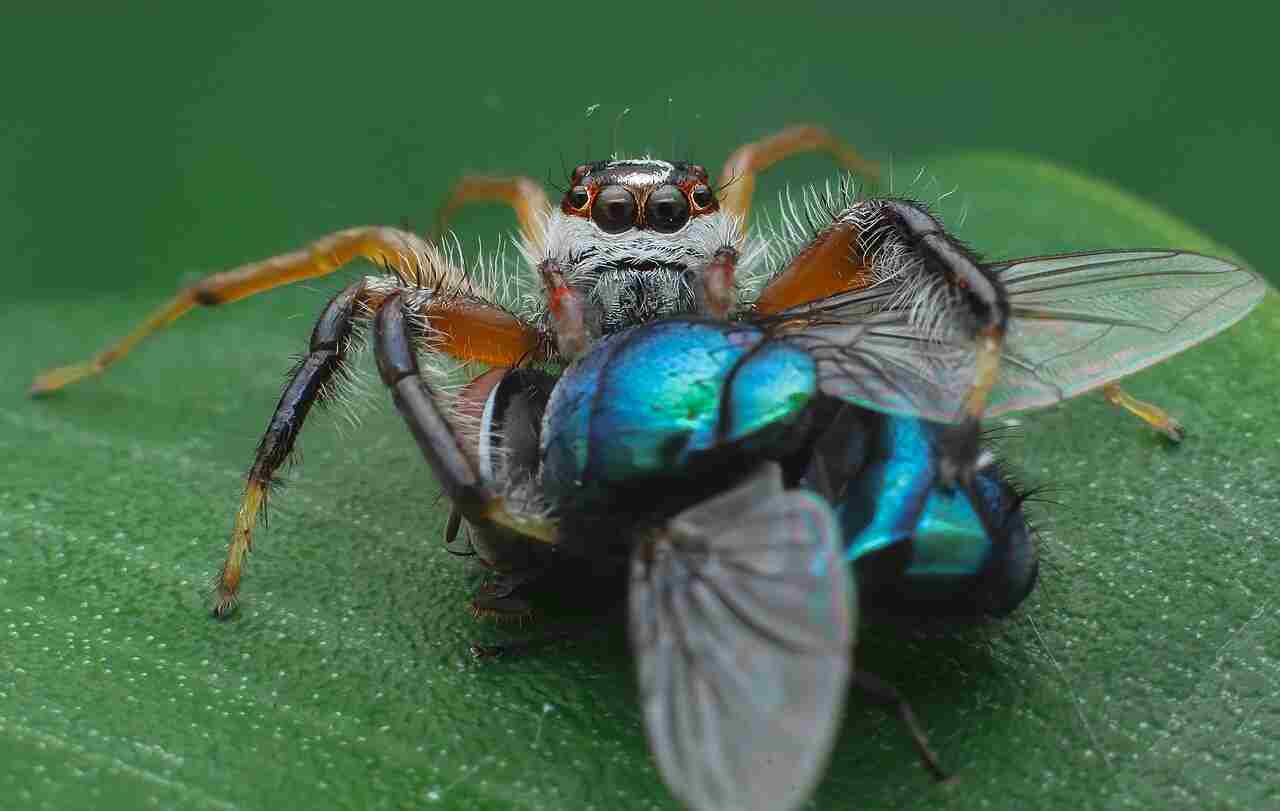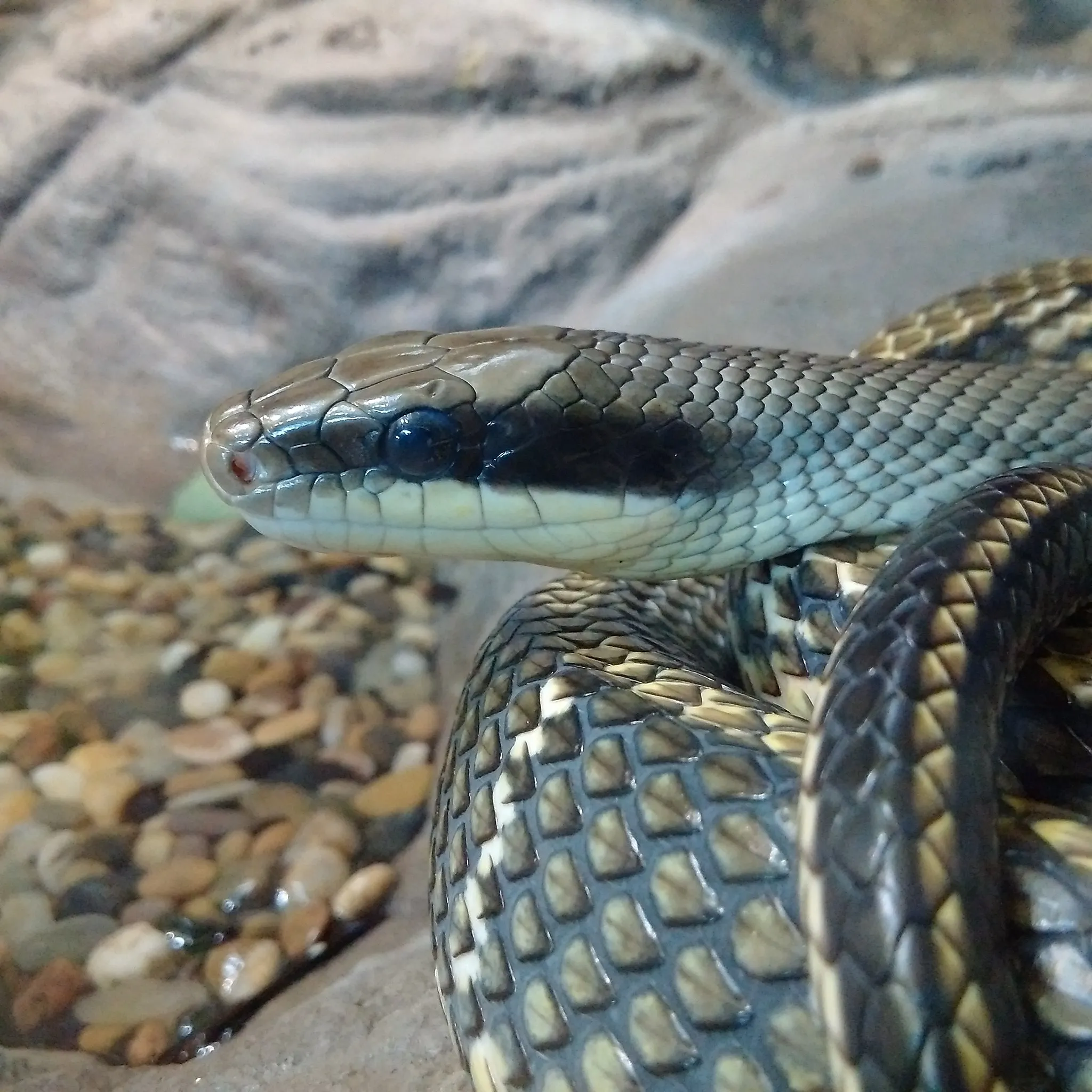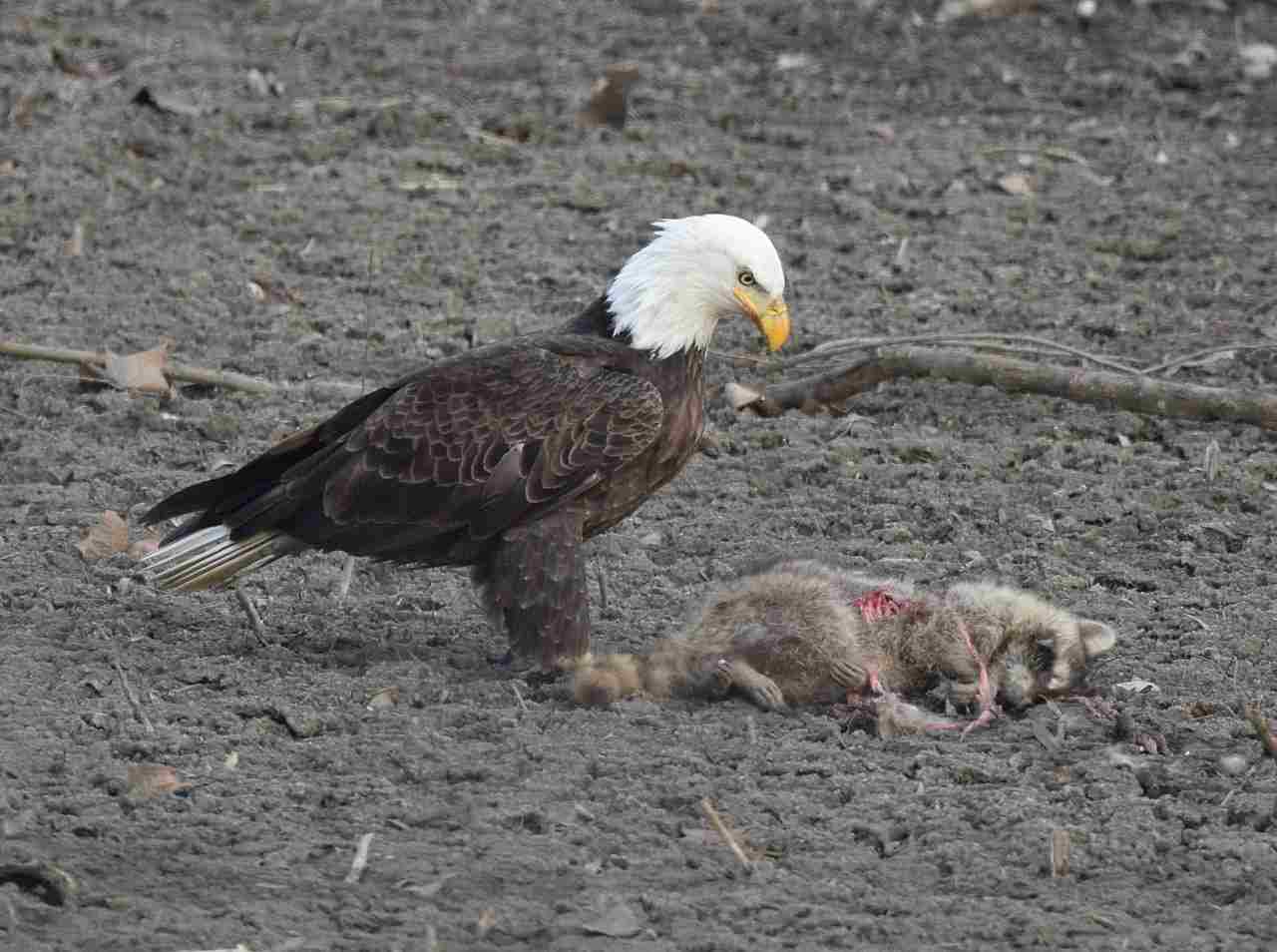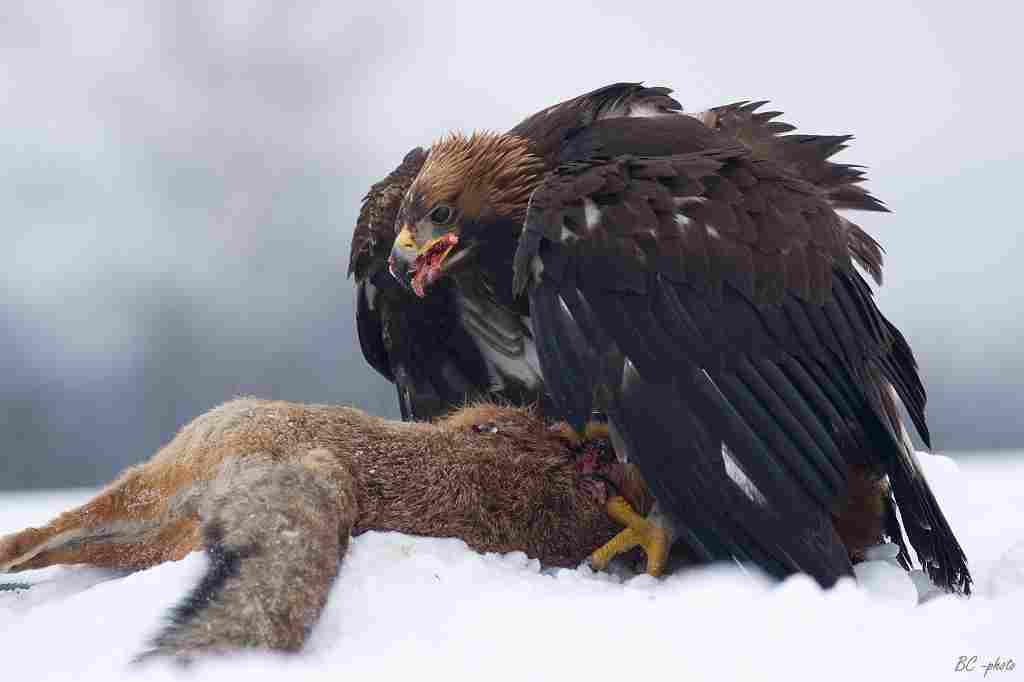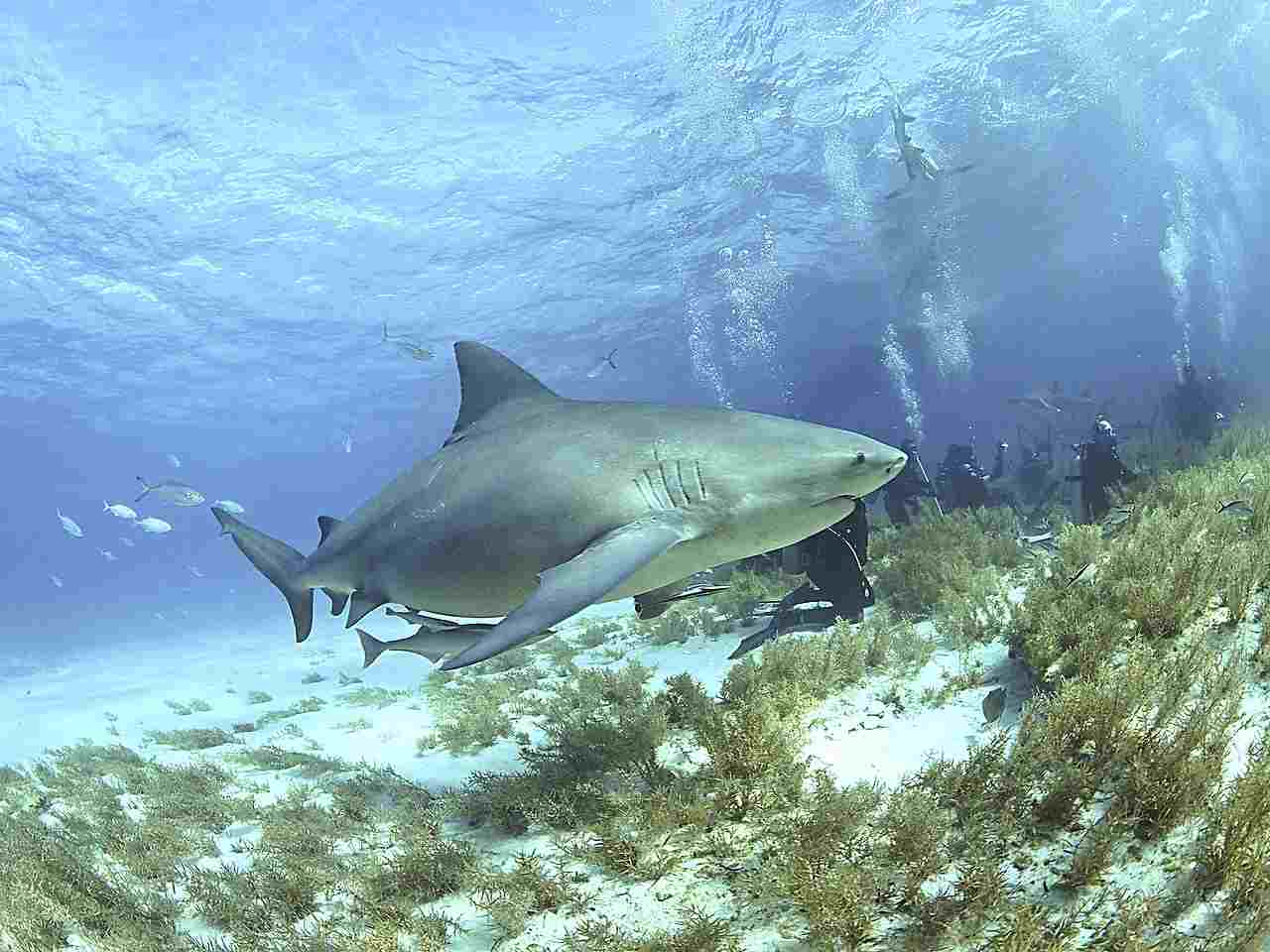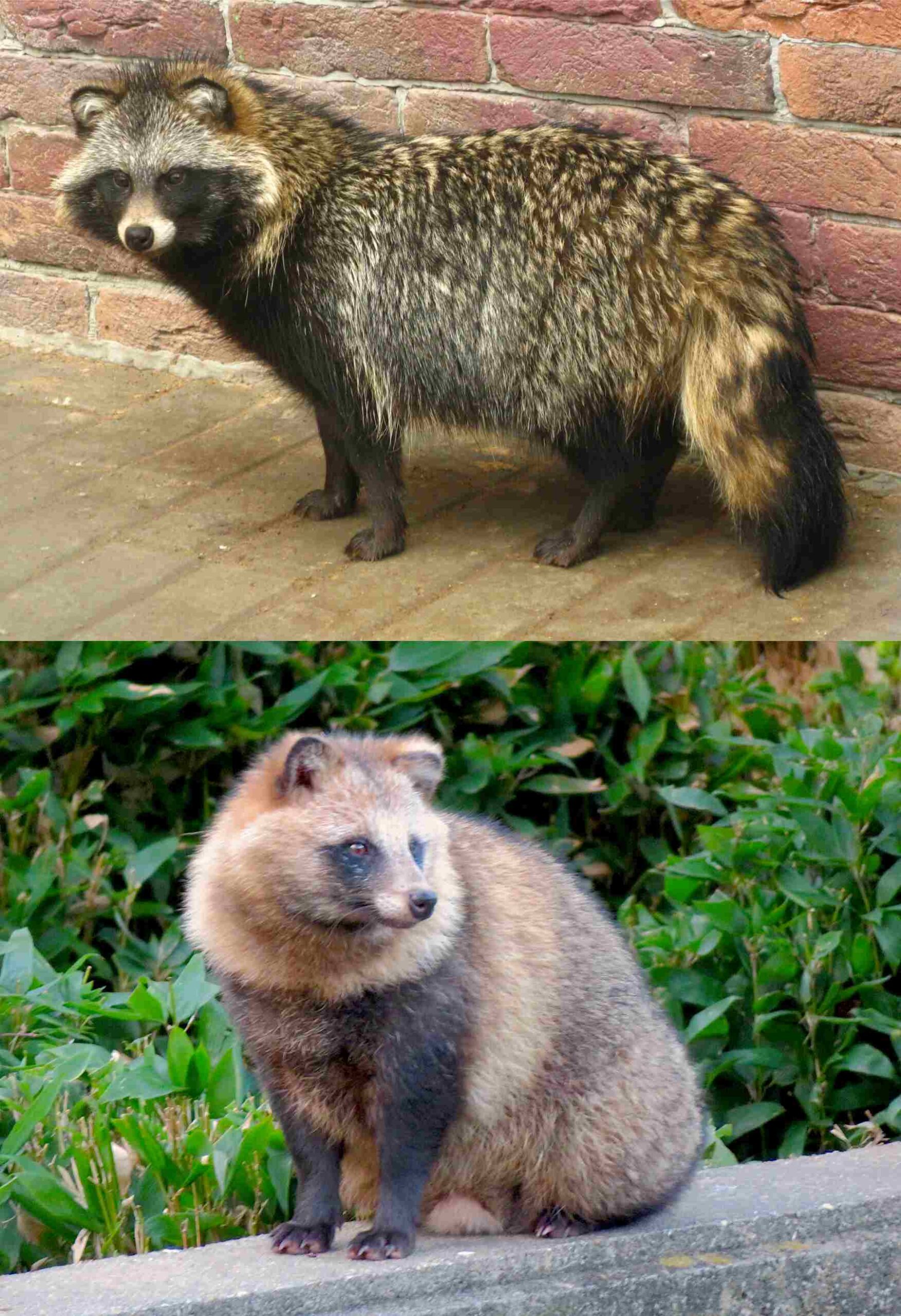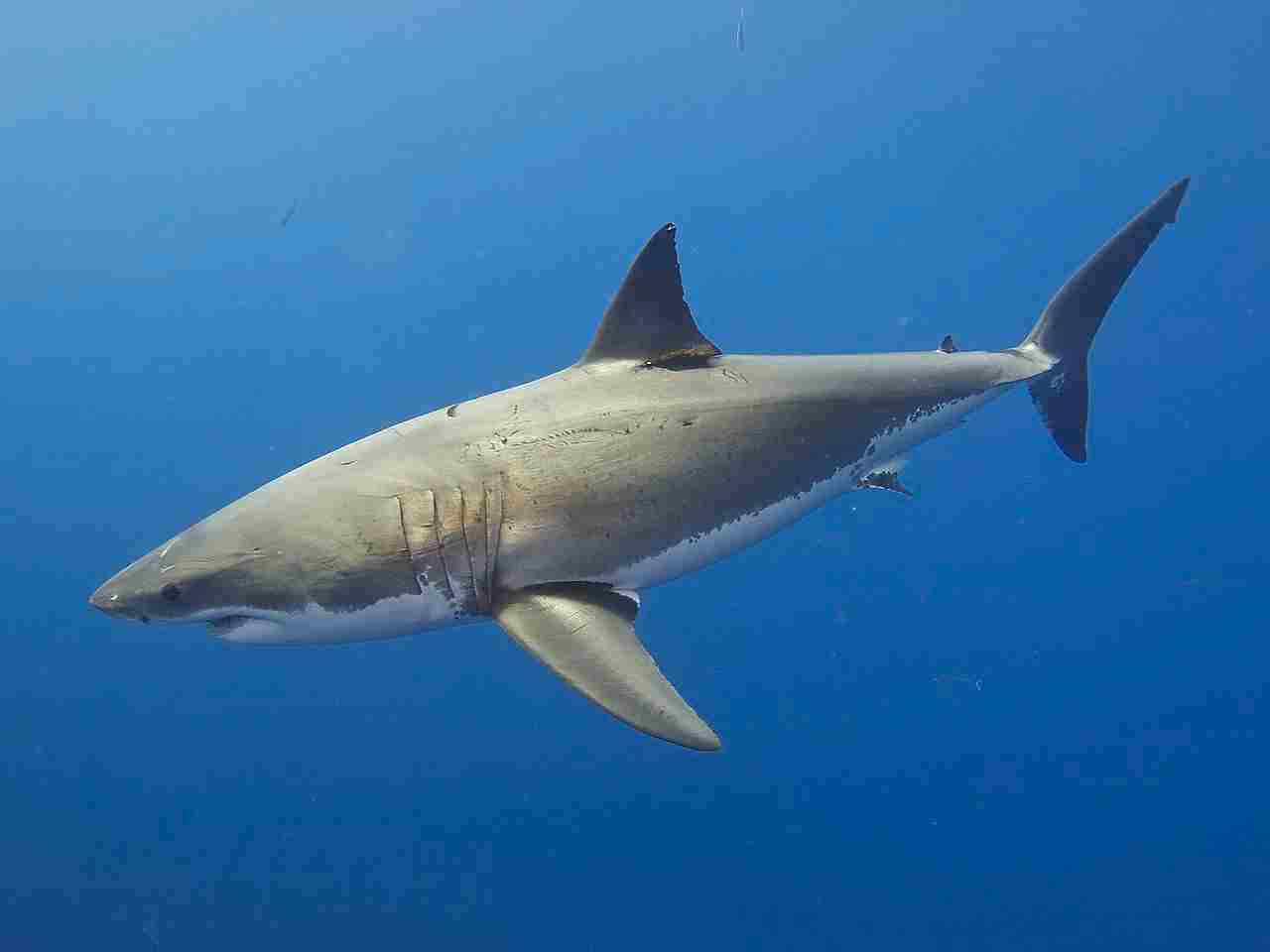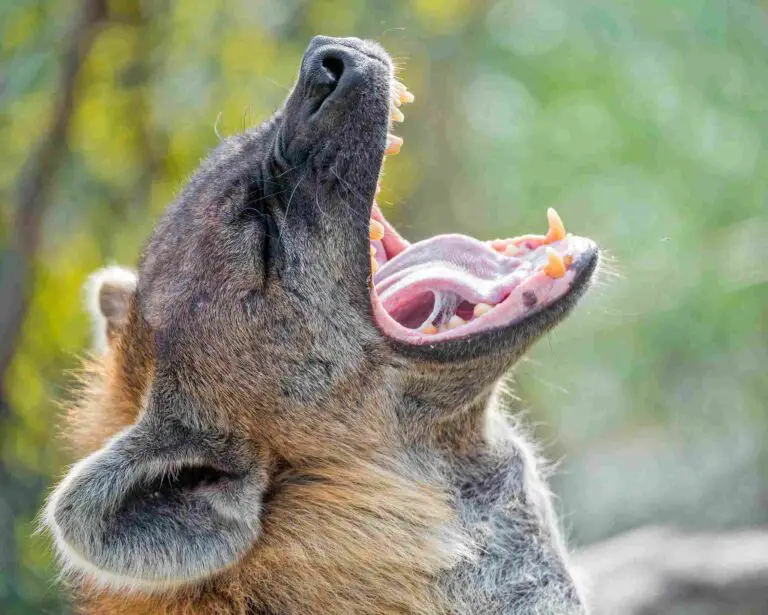7+ Predators In Japan and Their Characteristics
Examples of predators in Japan are redback spiders, bears, snakes, Japanese martens, raccoon dogs, goblin sharks, hawks, eagles, and leopard cats. The redback spider, known for its venomous bite and distinctive red stripe, is found in warm, sheltered areas. Bears, including Asian black bears and brown bears, inhabit Japan’s mountainous regions and can be dangerous if threatened. Venomous snakes such as the habu and mamushi are found in rural and forested areas. Japanese martens and raccoon dogs, though typically forest dwellers, can cause property damage in urban settings. Deep-sea goblin sharks are unique predators with elongated snouts, while hawks and eagles are raptors that play a crucial role in maintaining ecological balance. Leopard cats, native to Tsushima Island, are elusive nocturnal predators facing habitat loss.
1. Redback Spider
The redback spider, scientifically known as Latrodectus hasselti, is a highly venomous arachnid found in Japan and other parts of the world. Distinctive for the bright red stripe on its abdomen, this small but deadly spider is closely related to the infamous black widow. Redback spiders are typically found in warm, sheltered environments, such as garden sheds, outhouses, and cluttered spaces. They are known for constructing irregular, tangled webs where they lie in wait for unsuspecting prey, typically insects. When prey is caught in their web, redbacks use their potent venom to subdue and digest them.
Despite their size, redback spiders can pose a significant risk to humans, with their bites causing severe pain, swelling, nausea, and other symptoms. In rare cases, bites can lead to more serious complications, especially in children and the elderly. Fortunately, antivenom is available in Japan, and fatalities from redback spider bites are extremely rare. It is essential to exercise caution when working in areas where redbacks might be present, and professional pest control should be employed if an infestation is suspected.
2. Bear
Bears in Japan, primarily the Asian black bear (Ursus thibetanus japonicus) and the brown bear (Ursus arctos), are formidable predators that inhabit the mountainous and forested regions of the country. The Asian black bear, found in Honshu and Shikoku, has a distinctive white crescent on its chest, while the larger brown bear is mainly located in Hokkaido. These bears are omnivorous, with diets consisting of fruits, nuts, insects, small mammals, and occasionally carrion. While typically reclusive, they can become aggressive if threatened, making encounters potentially dangerous for hikers and rural residents.
Bear attacks on humans are relatively rare, but they can occur when bears are surprised, feel threatened, or are defending their cubs. To mitigate risks, Japanese authorities recommend carrying bear bells to alert bears of human presence and avoiding areas with known bear activity. Understanding bear behavior and maintaining a safe distance are crucial for ensuring human safety in bear habitats.
3. Snake
Japan is home to a variety of snake species, some of which are venomous and potentially dangerous to humans. The most notorious among them is the habu (Protobothrops flavoviridis), a venomous pit viper found primarily in the Ryukyu Islands, including Okinawa. The habu has a reputation for its potent venom, which can cause severe tissue damage and other complications if not treated promptly. Other venomous snakes in Japan include the mamushi (Gloydius blomhoffii), commonly found in Honshu, Shikoku, and Kyushu, and the tiger keelback (Rhabdophis tigrinus), which can be dangerous when threatened.
While encounters with venomous snakes in Japan are relatively rare, caution is advised when exploring rural or forested areas. Wearing appropriate footwear and being aware of one’s surroundings can reduce the risk of snake bites. If bitten, immediate medical attention is crucial to minimize the effects of venom. Japan has effective medical treatments and antivenoms, but early intervention is key to a full recovery.
4. Japanese Marten
The Japanese marten (Martes melampus) is a carnivorous mammal native to Japan’s forests, particularly in Honshu, Shikoku, and Kyushu. These agile and adaptable animals have a distinctive yellow or orange throat patch and a bushy tail. Japanese martens are omnivorous, feeding on a varied diet that includes small mammals, birds, insects, fruits, and nuts. They are known for their agility and can often be seen climbing trees or foraging on the forest floor in search of food.
Despite their generally elusive nature, Japanese martens can sometimes be found in more populated areas, scavenging for food or exploring gardens. While they are not typically dangerous to humans, they can cause damage to property if they take up residence in attics or sheds. Efforts to coexist with these creatures typically involve ensuring that potential entry points into homes are secured and removing food sources that might attract them.
5. Raccoon Dog
The raccoon dog (Nyctereutes procyonoides), or tanuki, is a unique member of the canid family found throughout Japan. Known for their distinctive facial markings resembling a raccoon, tanukis are omnivorous and highly adaptable, able to thrive in a variety of environments from dense forests to urban areas. They are nocturnal by nature, typically foraging for food at night and consuming a wide range of items, including small animals, insects, fruits, and human scraps.
Raccoon dogs have a long history in Japanese folklore, often depicted as shape-shifting creatures with magical powers. While they are generally harmless to humans, their presence in urban areas can cause issues such as property damage or scavenging through garbage. As with other wildlife, it’s essential to manage waste properly and secure property to minimize unwanted encounters with raccoon dogs. Efforts to control their population in urban areas often focus on humane and non-lethal methods.
6. Goblin Shark
The goblin shark (Mitsukurina owstoni) is a deep-sea predator known for its distinctive elongated snout and protruding jaws. Native to the deep waters off the coast of Japan, this rare and elusive shark typically inhabits depths ranging from 100 to 1,200 meters. The goblin shark has a unique feeding strategy: its long snout is equipped with electroreceptors, allowing it to detect the electric fields of its prey, while its extendable jaws can quickly shoot forward to capture prey items such as fish and squid.
Though their appearance can be unsettling, goblin sharks pose little threat to humans due to their deep-sea habitat and rare sightings. However, they occasionally surface or are caught in fishing nets, offering researchers a glimpse into the mysterious life of this ancient species. Their unusual physiology and predatory behavior make goblin sharks a fascinating subject for marine biologists, who continue to study these deep-sea predators to understand their role in the ocean ecosystem.
7. Hawk
Hawks in Japan represent a diverse group of birds of prey, known for their keen eyesight and agile hunting skills. Among the most common species are the northern goshawk (Accipiter gentilis) and the Japanese sparrowhawk (Accipiter gularis). These birds are found throughout Japan’s forests and open landscapes, where they hunt small mammals, birds, and reptiles. Hawks are renowned for their swift flight and precision hunting, often using trees or elevated perches to survey their territory for prey.
Though hawks are skilled predators, they rarely pose a threat to humans. Their role in the ecosystem is crucial, as they help control populations of small mammals and other prey species. Hawks are often admired for their beauty and hunting prowess, and their presence in traditional Japanese art and literature underscores their significance in the nation’s culture. Conservation efforts focus on preserving their habitats and maintaining the balance within the ecosystems they inhabit.
8. Eagle
Eagles are among the most majestic and powerful birds of prey in Japan, with the white-tailed eagle (Haliaeetus albicilla) and the Steller’s sea eagle (Haliaeetus pelagicus) being the most notable species. These large raptors inhabit coastal regions and forests, often seen soaring over large bodies of water or perched on tall trees. Eagles have keen vision and strong talons, allowing them to hunt a variety of prey, including fish, birds, and small mammals.
While eagles are symbols of strength and freedom, they also play an important role in the environment as apex predators. Their presence indicates a healthy ecosystem, as they require ample prey and large territories to thrive. Although they generally avoid human interaction, they may occasionally venture into populated areas in search of food. Conservation efforts in Japan aim to protect eagle habitats and ensure their continued survival, as these birds are considered a vital part of the nation’s natural heritage.
9. Leopard Cat
The leopard cat (Prionailurus bengalensis) is a small wild cat native to parts of Asia, including Japan’s Tsushima Island. It is named for its distinctive spotted coat, which resembles that of a leopard. Leopard cats are nocturnal predators, primarily hunting small mammals, birds, and insects. They are agile climbers and can often be found in forested areas, using their stealth and camouflage to avoid detection while stalking prey.
Leopard cats are generally elusive and avoid human contact, preferring dense vegetation and remote habitats. However, habitat loss and human encroachment pose significant threats to their populations. On Tsushima Island, conservation efforts focus on protecting the remaining forested areas and mitigating human-wildlife conflicts. Despite their small size, leopard cats play an important role in maintaining the ecological balance by controlling populations of smaller animals and contributing to the biodiversity of their environment.
*Summary
-
Redback Spider:
-
Highly venomous, with a bright red stripe on its abdomen.
-
Found in warm, sheltered environments; poses risks to humans.
-
Bites can cause severe symptoms; antivenom is available in Japan.
-
-
Bear:
-
Includes Asian black bear and brown bear in Japan.
-
Inhabits mountainous and forested regions.
-
Can be dangerous if threatened; bear bells are recommended.
-
-
Snake:
-
Includes venomous species like the habu, mamushi, and tiger keelback.
-
Found in rural and forested areas.
-
Precautions are essential to avoid bites; antivenom is available.
-
-
Japanese Marten:
-
Carnivorous mammal with a distinctive yellow/orange throat patch.
-
Lives in forests; can cause property damage in urban areas.
-
Omnivorous diet; occasionally found in populated areas.
-
-
Raccoon Dog:
-
Omnivorous and adaptable; known for its raccoon-like facial markings.
-
Common in forests and urban areas.
-
Can cause property damage; revered in Japanese folklore.
-
-
Goblin Shark:
-
Deep-sea predator with a unique elongated snout and protruding jaws.
-
Inhabits deep waters off the coast of Japan.
-
Rarely poses a threat to humans; valuable for marine research.
-
-
Hawk:
-
Includes species like the northern goshawk and Japanese sparrowhawk.
-
Found throughout forests and open landscapes.
-
Important for controlling small mammal populations; admired in Japanese culture.
-
-
Eagle:
-
Notable species include white-tailed eagle and Steller’s sea eagle.
-
Found in coastal regions and forests.
-
Play a significant role as apex predators; symbols of strength and freedom.
-
-
Leopard Cat:
-
Small wild cat with a spotted coat; native to Tsushima Island.
-
Nocturnal and elusive; hunts small mammals, birds, and insects.
-
Threatened by habitat loss; important for maintaining ecological balance.
-
| Predator | Description |
| Redback Spider |
Venomous with a red stripe; found in warm, sheltered environments; bites can be severe, but antivenom is available in Japan.
|
| Bear |
Includes Asian black bear and brown bear; found in mountainous and forested regions; can be dangerous if threatened.
|
| Snake |
Venomous species like habu, mamushi, and tiger keelback; found in rural and forested areas; bites can be severe, but antivenom is available.
|
| Japanese Marten |
Carnivorous mammal with a yellow/orange throat patch; found in forests; can cause property damage in urban areas.
|
| Raccoon Dog |
Omnivorous with raccoon-like facial markings; common in forests and urban areas; revered in Japanese folklore but can cause property damage.
|
| Goblin Shark |
Deep-sea predator with a unique elongated snout and extendable jaws; rarely poses a threat to humans; valuable for marine research.
|
| Hawk |
Includes species like northern goshawk and Japanese sparrowhawk; found in forests and open landscapes; important for controlling small mammal populations.
|
| Eagle |
Notable species are white-tailed eagle and Steller’s sea eagle; found in coastal regions and forests; apex predators; symbols of strength and freedom.
|
| Leopard Cat |
Small wild cat with a spotted coat; nocturnal and elusive; hunts small mammals, birds, and insects; threatened by habitat loss; important for maintaining ecological balance.
|
